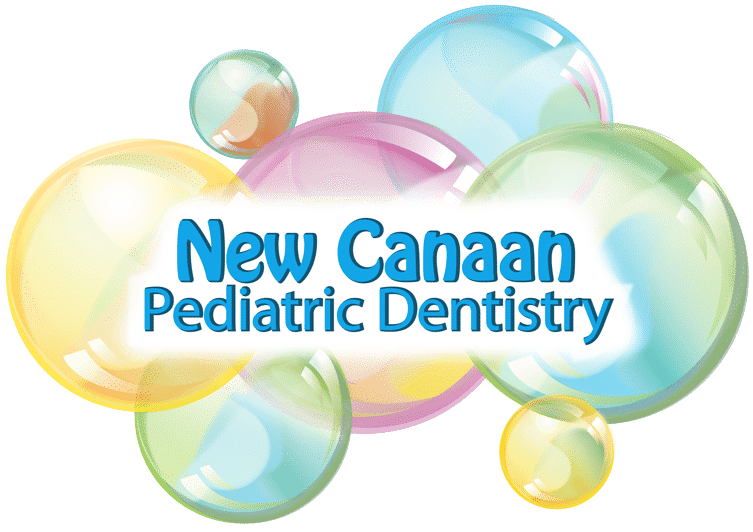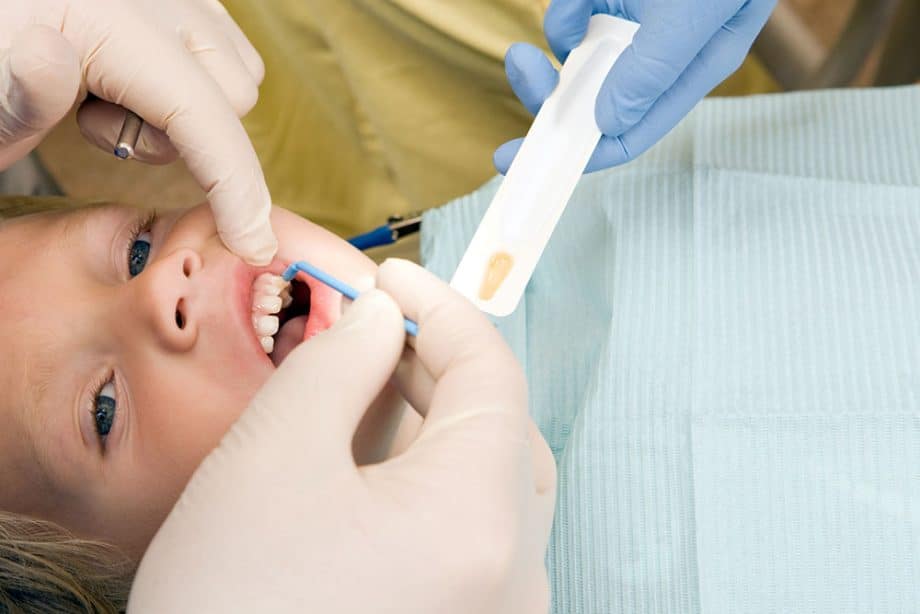Some parents of young children feel concerned that their dentists recommend regular fluoride use. While many viewpoints exist regarding the safety and efficacy of fluoride treatments, our doctors believe they confer far more benefits than risks. This blog will provide a guide to fluoride use in pediatric dentistry, helping you make an informed decision for your child’s oral health.
What is Fluoride?
Fluoride is a mineral found in nature. It naturally occurs in water, soil, and rocks, as well as some foods. Dental researchers discovered its benefits for healthy teeth in the early 20th century. By the end of World War II, select communities started fluoridating their water to prevent tooth decay. Oral care products, like toothpaste and mouthwash, have contained fluoride for several decades.
How Fluoride Works
Dental decay happens when plaque bacteria attack the tooth enamel. Fluoride works against tooth decay in two ways: by halting bacterial growth and strengthening natural enamel. Fluoride remineralizes the enamel with the help of saliva.
Fluoride in Pediatric Dentistry
Pediatric dentists recommend using fluoride in multiple ways to achieve optimal results:
Water Supplementation
Local water authorities may add fluoride to the supply to support community health. Fluoride levels need regular monitoring to ensure they are safe.
Fluoride Toothpaste
At home, children as young as six months old with their first teeth should use fluoride toothpaste. A tiny smear suffices until a child turns three years old, when parents can apply a pea-sized amount.
In-Office Treatments
Pediatric dentists use several forms of fluoride treatments, including rinses, gels, and varnishes. Varnishes that harden on contact with saliva are most common for young children. These products have a higher concentration of fluoride and must be used under professional supervision.
Benefits and Risks of Fluoride
Overall, fluoride use has few risks and numerous benefits when used in appropriate amounts. Most of the risks associated with fluoride use occur at very high levels.
Benefits:
- Lower Risk of Tooth Decay: Children and adults are less prone to tooth decay when they receive regular fluoride exposure. Fluoride can remineralize small areas of decay and prevent established areas from spreading.
- Increase Tooth Longevity: Ideally, your child should be able to keep their natural teeth for a lifetime. Fluoride treatment goes a long way toward securing oral health for many years to come.
- Lower Lifetime Dental Costs: Left untreated, tooth decay can progress to the point where a simple filling is no longer sufficient to repair it. Your child may require more expensive procedures, such as root canals and crowns.
Risks:
- Fluorosis: White or brown stains may occur if a child receives excessive fluoride before their teeth erupt. This condition is usually mild and does not need treatment. However, in the case of brown stains, a child may require cosmetic dental treatments to improve tooth appearance. More severe levels of fluorosis could require medical attention.
- Poisoning: If a patient ingests unsafe levels of fluoride, this could lead to adverse effects such as poisoning. The levels needed to poison a patient with fluoride are so high that it is unlikely.
The Power of Fluoride
While varying information circulates, it can be challenging to make an informed decision. Our practice promotes the use of fluoride in pediatric patients and encourages them to continue using it into adulthood. We hope this blog provides some of the answers you need. Please do not hesitate to contact our office with any questions at your convenience.
Frequently Asked Questions About Fluoride
Why is fluoride essential to my child’s oral health?
Fluoride is one of the simplest methods of reducing a child’s risk for dental decay. In the years before fluoride, many patients experienced severe oral health problems during their lifetime. Fluoride use helps protect teeth and promotes their development with strength.
How can I manage the potential risks of fluoride exposure?
The easiest way to ensure your child uses fluoride safely is to supervise their brushing and minimize the amount they swallow. Parents should help their children brush until they are about seven years old and continue to keep watch until their children are around nine or ten years old.
At New Canaan Pediatric Dentistry, our goal is to support your child’s lifelong oral health. Please don’t hesitate to contact us if you have any questions about fluoride safety or to schedule an appointment for your child. We look forward to seeing you!

